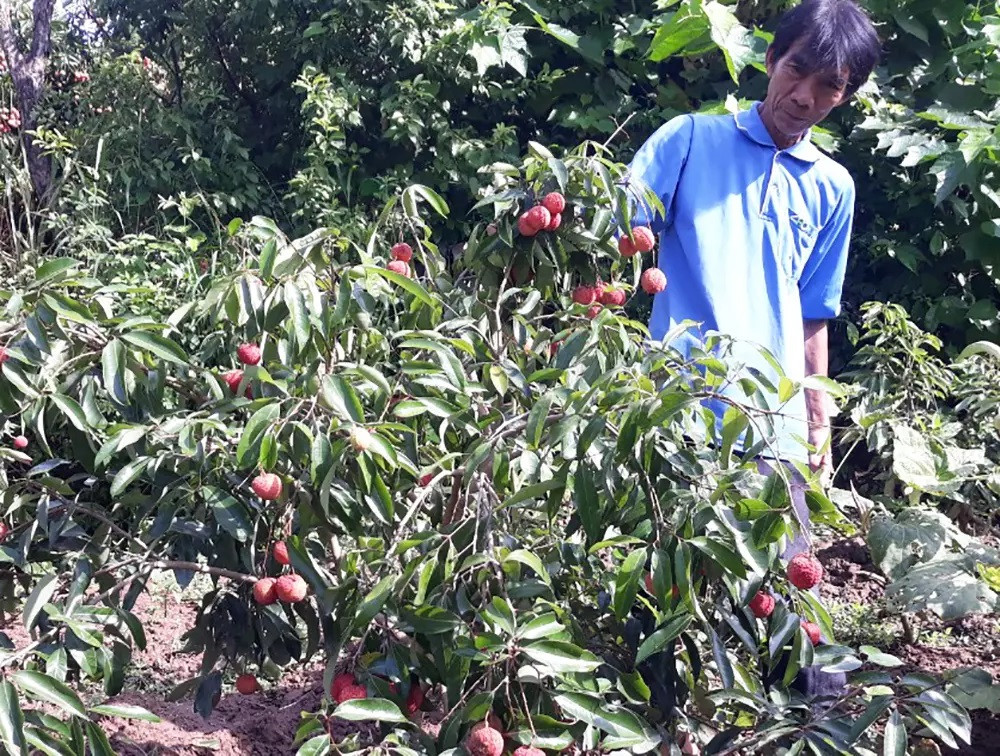
According to the Department of Agriculture and Rural Development of Bac Giang province, the seedless lychee variety was planted in 2019 in Tan Son commune in Luc Ngan district, Bac Giang province – the capital of lychees in Vietnam. So far, a number of lychee trees have produced fruit.
This is the first year for output, so the fruit is mainly being used for research to evaluate quality. In 2023, the seedless fruit will be sold commercially at a much cheaper price than imported one.
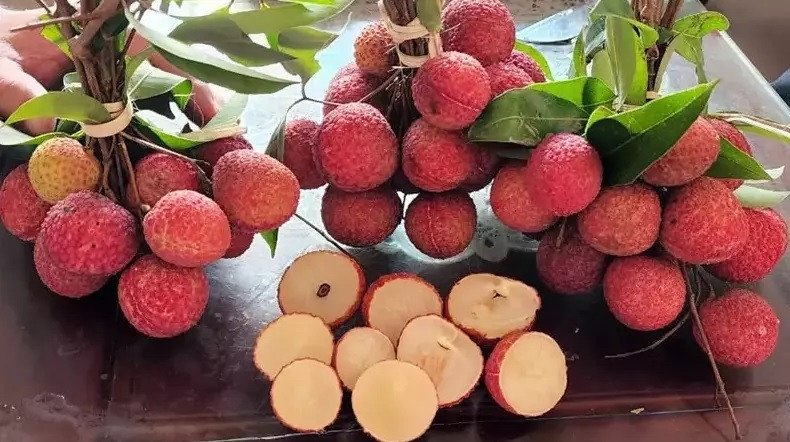
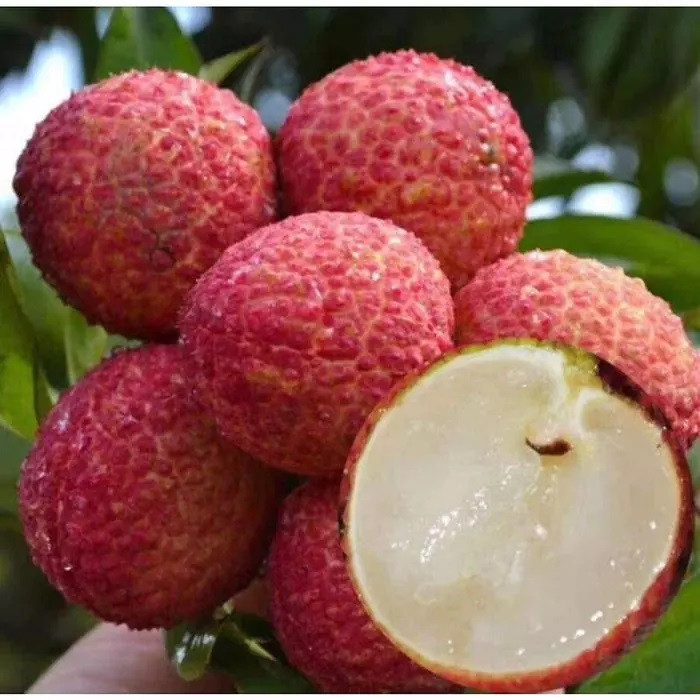
Previously, seedless lychees were brought to Vietnam as hand goods and priced up to VND 5 million (US$230) per kilogram, 150 times more expensive than Vietnamese lychees.
The seedless lychee has a prominent feature compared to the normal variety. It has a thick skin that is favorable for preservation, and has more flesh because it is seedless, and has a special sweet aroma.
This year, Bac Giang’s lychee output is estimated at 180,000 tons. By June 30, the province harvested 104,000 tons, including over 57,500 tons for domestic consumption and 46,500 tons for export. Vietnam’s lychee is exported to China, Japan, the EU, USA, South Korea, Australia, Cambodia, Thailand and many other countries.
In addition to seedless lychee, Vietnamese farmers have successfully bred and grown many other high-quality seedless fruits such as seedless lemon, seedless pomelo and seedless watermelon.
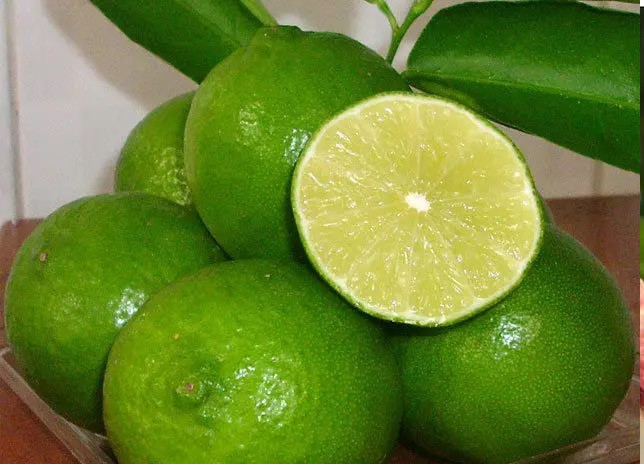
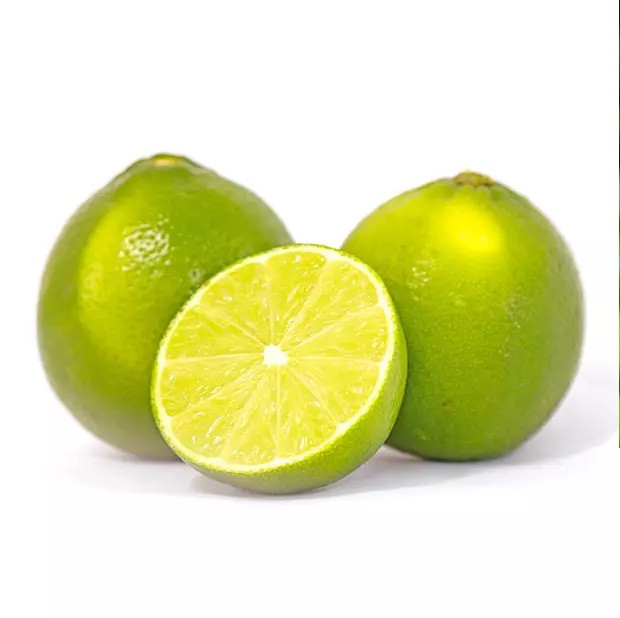
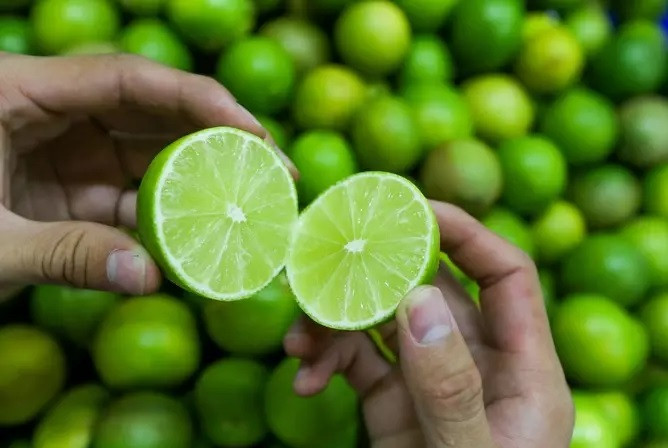
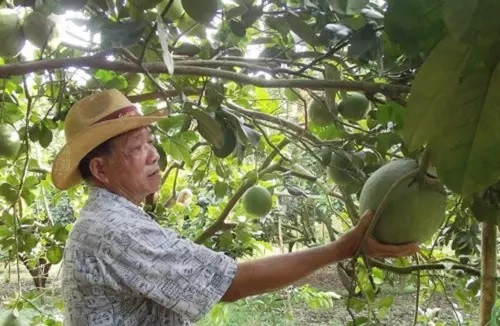
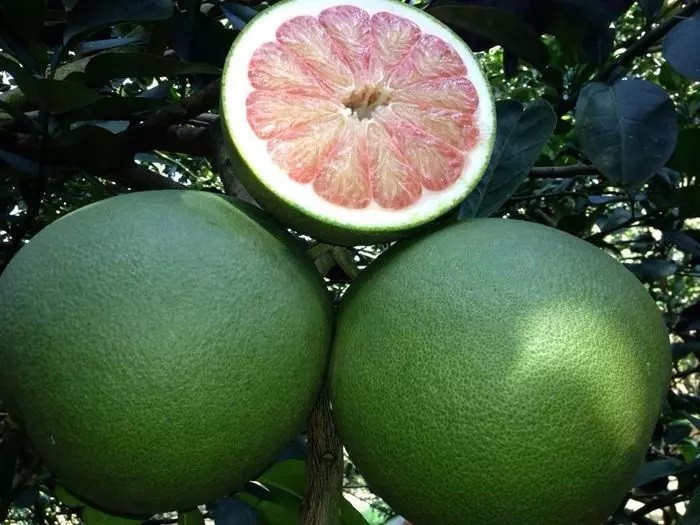

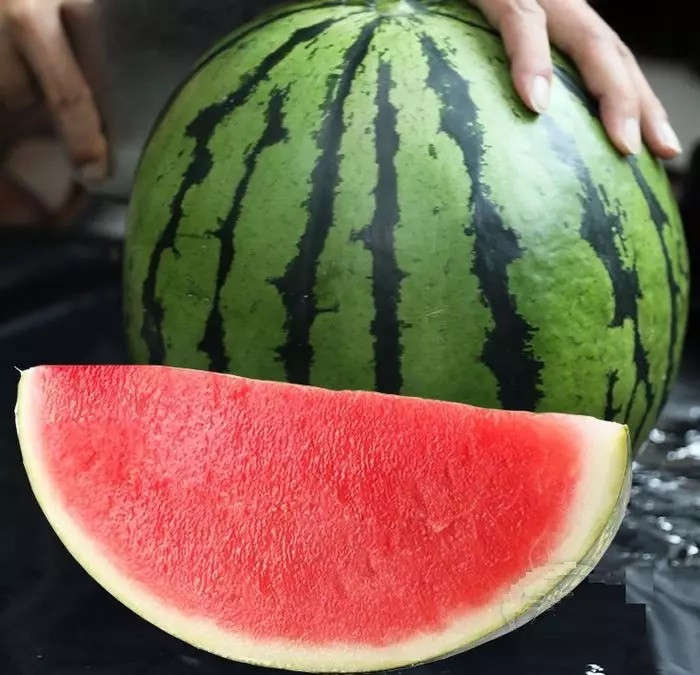
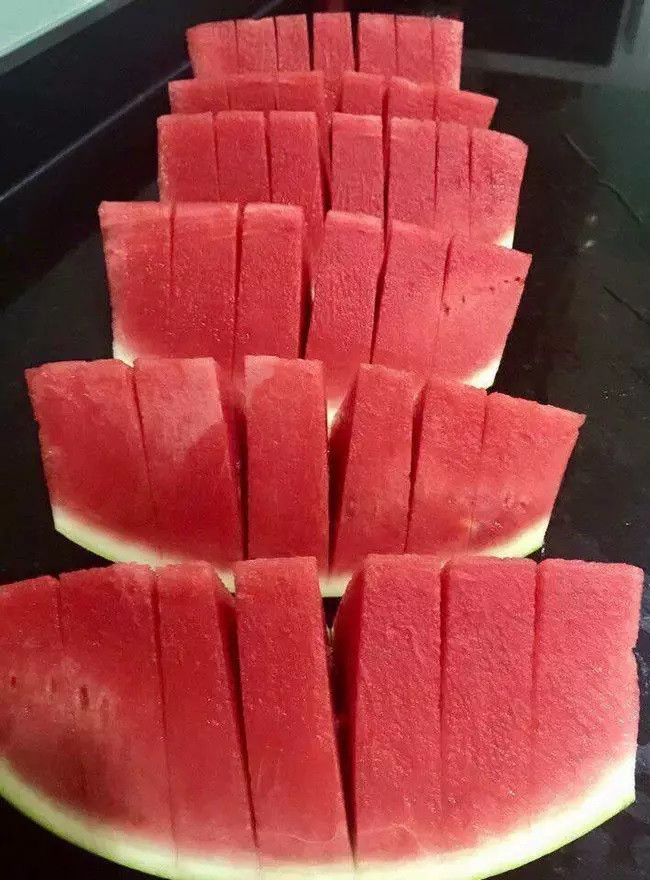
Mai Lan